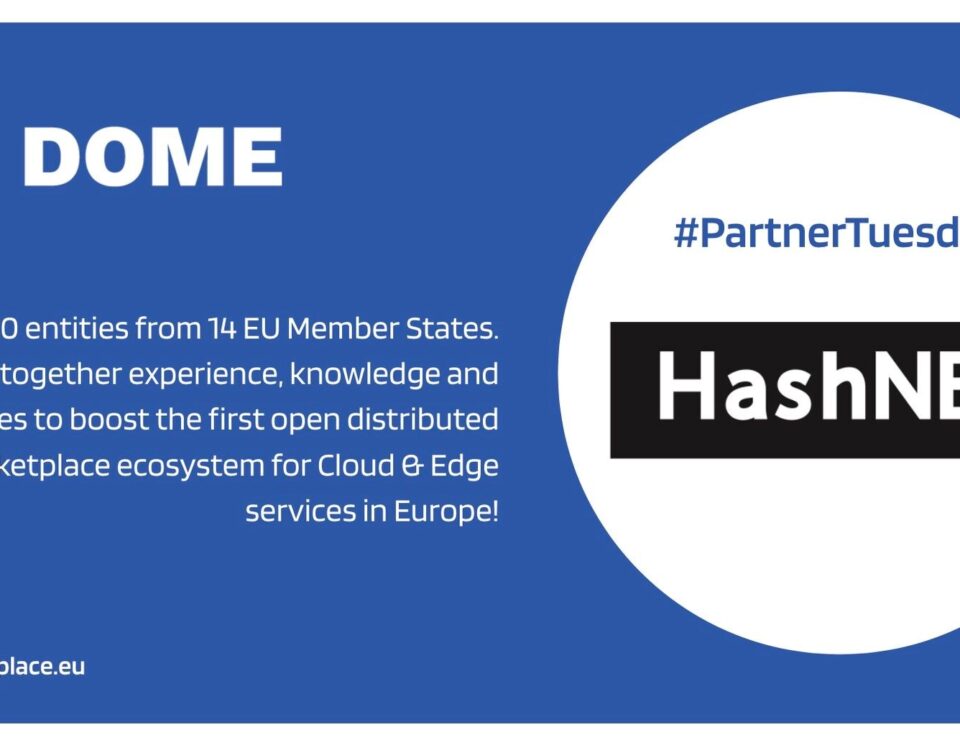
Don’t Compare and You Won’t Be Confused
25/09/2023
Your Mind Does Matter
04/10/2023
In the world of business, the term “competitive advantage” is often thrown around. But what precisely does it mean, and how does it relate to the broader concept of strategy?
Dispelling Misconceptions
Some may assert that their product outshines all others in their industry, or that their technical prowess knows no equal. Others might argue that their brand is the linchpin of their competitive advantage. While possessing distinct capabilities like a superior brand, exceptional products, or advanced engineering prowess can indeed serve as potential sources of competitive advantage, they alone are insufficient to secure this coveted position.
The Nature
Competitive advantage is a measure that is relative in nature. It doesn’t focus on absolute performance but rather centers on a comparison of performance. It’s about assessing a company’s performance vis-à-vis its competitors. To genuinely claim a competitive advantage, a company must consistently generate more value than its rivals. But how exactly do we measure this value creation?
Measuring Value Creation
In financial terms, this superior value creation can be quantified through a metric known as Return on Invested Capital (ROIC). A company that possesses a competitive advantage within a competitive arena, such as an industry or sector, is one that can strategically harness its distinctive capabilities—be it its brand, products, or engineering prowess—in a way that yields a higher ROIC than the average of its competitors.
The Anatomy
Certainly, in order to generate such superior returns, a company must possess distinct capabilities, assets, and resources that enable the creation of superior value. However, it’s imperative to note that while having superior and distinctive capabilities and resources is indeed a necessary condition for securing a competitive advantage, it’s often insufficient on its own.
Some companies may possess excellent distinctive capabilities, but they may struggle to configure and organize them effectively. Furthermore, they may lack the right strategy to transform their comparative advantage into a competitive advantage.
The Ultimate Strategic Objective
Achieving a competitive advantage requires a combination of different types of decisions. It involves designing an optimal capital structure, making the right investment decisions, and, of course, focusing on core business decisions such as profitability, revenues, and costs. Only when all three sets of decisions are appropriately made can superior products, capabilities, and resources translate into a competitive advantage. This is the ultimate objective of any strategic effort: achieving superior value creation, or “Competitive Advantage”.
Conclusion
In summary, understanding and harnessing competitive advantage is fundamental to success in the modern business landscape. If you wish to assess whether your company possesses this kind of advantage, consider exploring the Strategy in Action (SiA) program. SiA is an end-to-end strategy program that integrates innovative software, expert workshops, and impactful coaching to help companies to develop and execute more resilient, efficient, and effective strategies.



